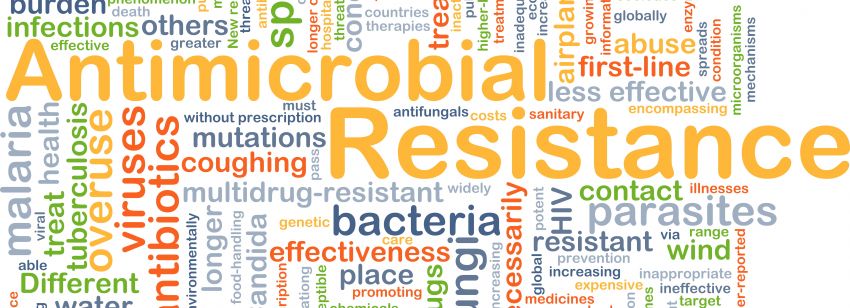Fourth strategic field of the EMA’s network strategy
Antimicrobial resistance and other emerging health threats
This focus area targets at antimicrobial resistance and other emerging health threats. This field in particular received increasing relevance by the COVID-19 pandemic and thus represents a central section in the EMA's 5-year strategy.
In this important area, the network strategy highlights 6 objectives:
1. Provide information on antimicrobial consumption and monitor data on resistance in animals and humans through correct implementation of EU Directive 2019/6.
2. Contribute to the responsible use of antimicrobial agents and an effective regulatory management framework in the human and veterinary sectors by introducing strategies to improve their use by patients, healthcare professionals and national authorities.
3. Ensure the existence of regulatory instruments that guarantee access to therapeutic options while minimizing the impact of microbial resistance on public health and the environment.
4. Define incentive schemes for new and existing antimicrobial agents, including support for new business models and non-profit development.
5. Promote dialogue with developers of new antimicrobial agents to streamline development and registration and develop adequate guidelines in human and veterinary medicine.
6. Improve the preparedness of national and international regulatory authorities in the face of emerging health threats.
Essential steps to implement the strategy are, for example, avoiding infections through vaccination or reducing prescriptions of antibiotics only to cases where use is indicated. Similarly, misuse of antibiotics should be further restricted.
In addition, new active substances, and alternative therapies are to be further researched and developed. At this point, the authorities recognize that financial incentives are missing to promote the development of new antimicrobial agents. In this context, new business models should be supported, but without simultaneously providing incentives for an increased prescribing. The definition of such a new business model is left open. Next to this, a special evaluation pathway for antimicrobials is also discussed and could be part of the solution to minimize drug resistance and health threats. Furthermore, development should be strengthened through better dialogue with developers via platforms such as PRIME (Priority Medicine Scheme LINK) and ITF (Innovation Task Force EMA).
By changing the incentive system, it becomes more attractive for manufacturers to research and develop new products in this area in the future. In this context, market access is of crucial strategic importance. At SKC, we support you at this dynamic interface between pharmaceuticals, health economics and regulatory affairs and, through numerous projects and consulting activities in this area, we can contribute a high level of expertise in order to develop the optimal strategy for successfully positioning your product on the market.
Source: https://www.ema.europa.eu/en/documents/report/european-union-medicines-agencies-network-strategy-2025-protecting-public-health-time-rapid-change_en.pdf
Author: Sebastian Marben, M.Sc.
